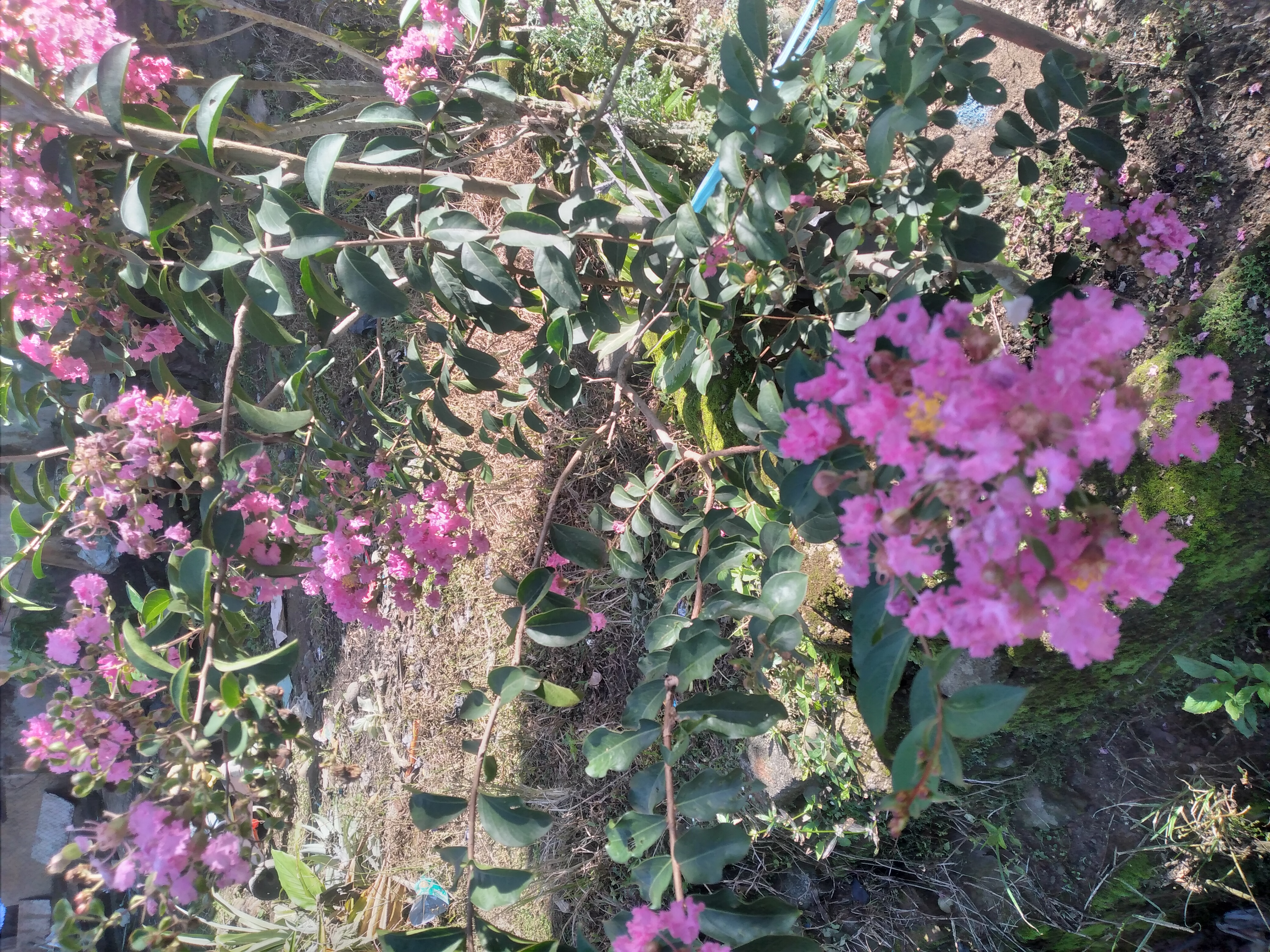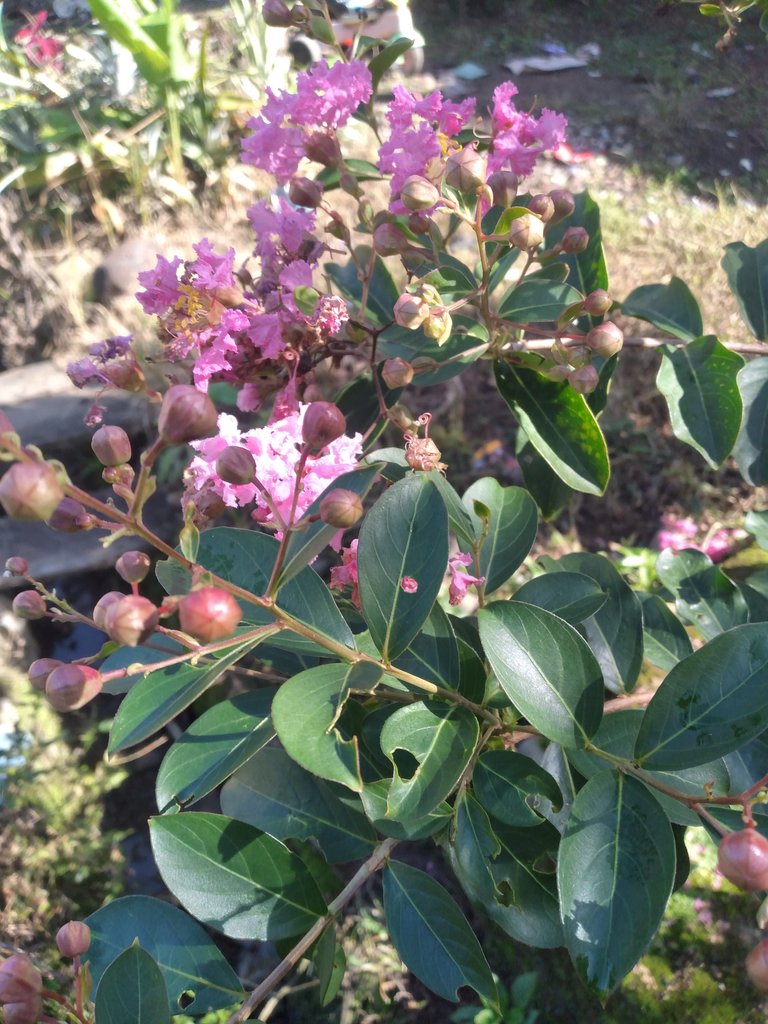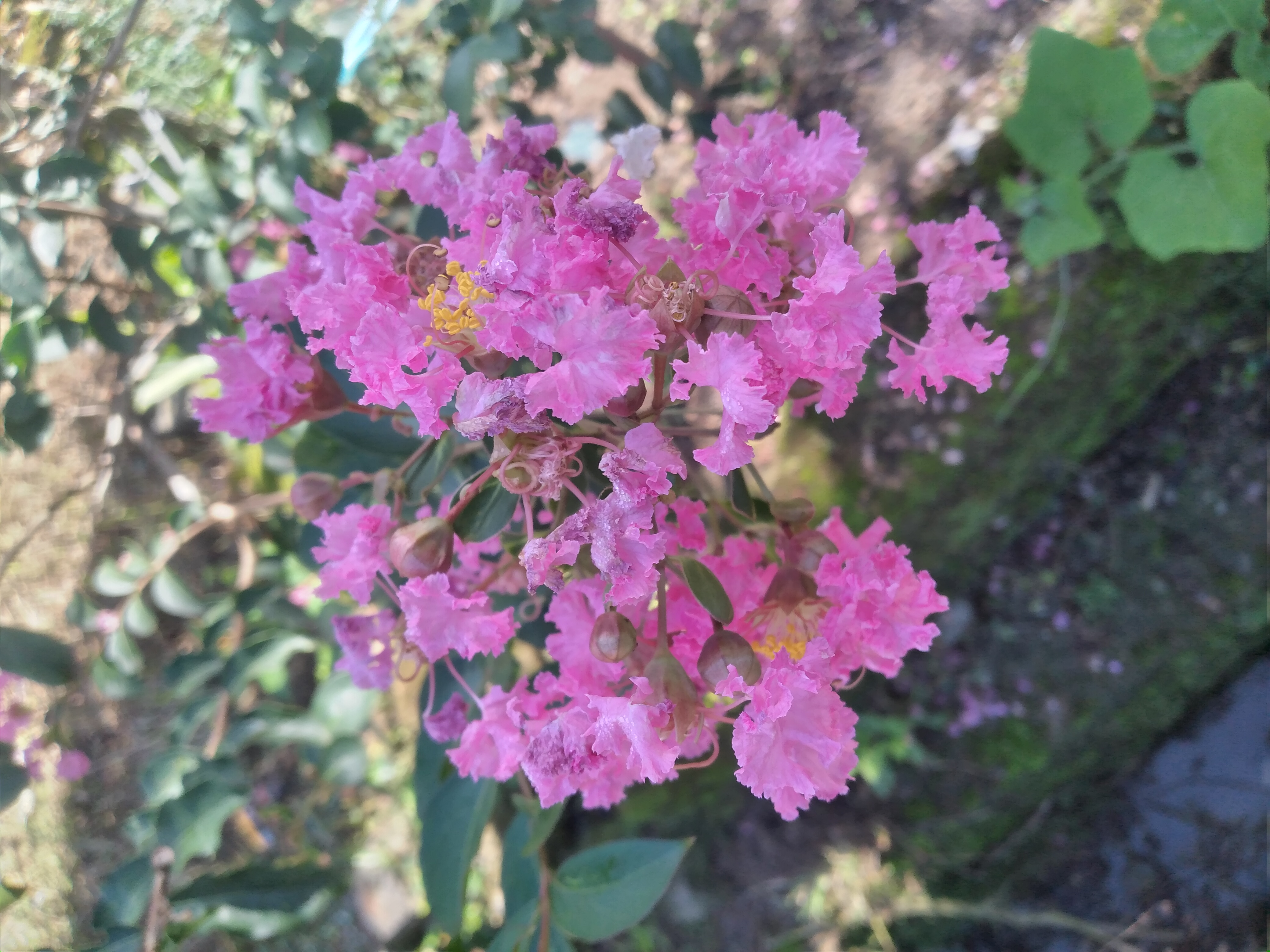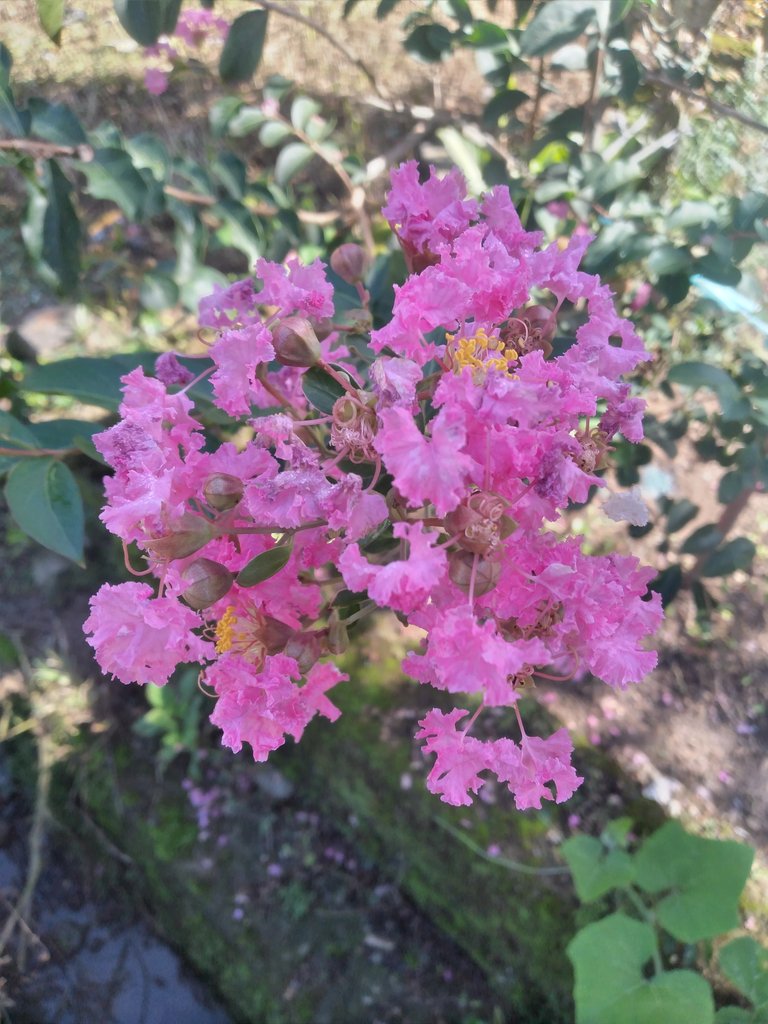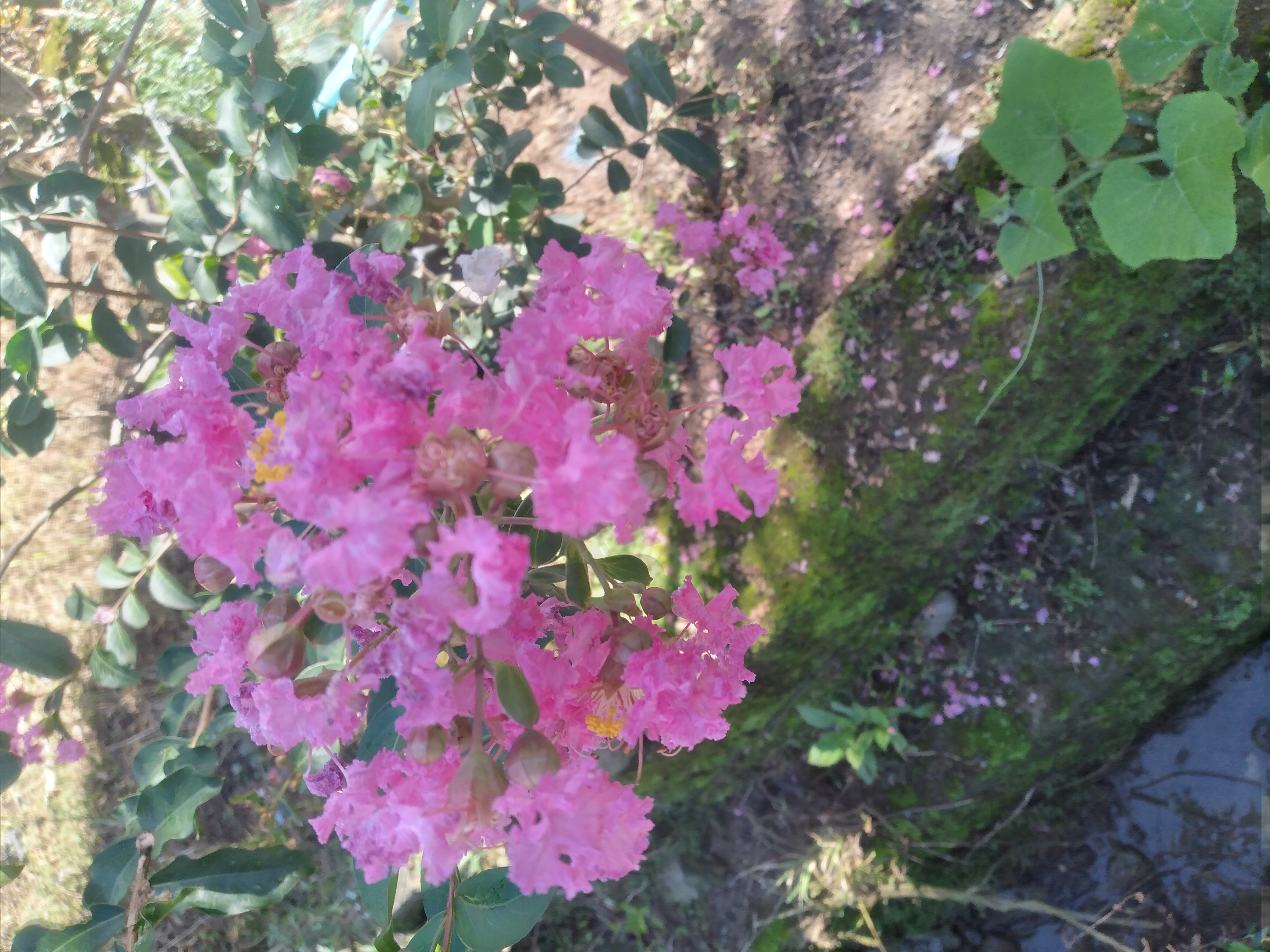You'll often see cherry blossoms as an important symbol in Japanese culture, including in paintings, films, poetry, and literature.
Historically, they represent the short but colorful lives of samurai, Japan's feudal warriors. They live by a strict moral code of respect, honor and discipline — called bushido. Their duty is to exemplify and preserve these virtues and to be fearless warriors even in the face of death. Falling cherry blossoms or petals symbolize the end of a samurai's short life.
During World War II, kamikaze pilots also marked their planes with sakura before embarking on suicide missions. These emblems symbolize death "like cherry blossom petals falling beautifully for the emperor".
In Japanese folk religion, cherry trees often signify agricultural reproduction. Originally, sa referred to the god of rice fields, and kura means “seat of the god.” Japanese people believe cherry blossoms are the abode of the mountain god who transformed into the god of rice fields. Therefore, people would travel to the mountains to worship the tree every spring.
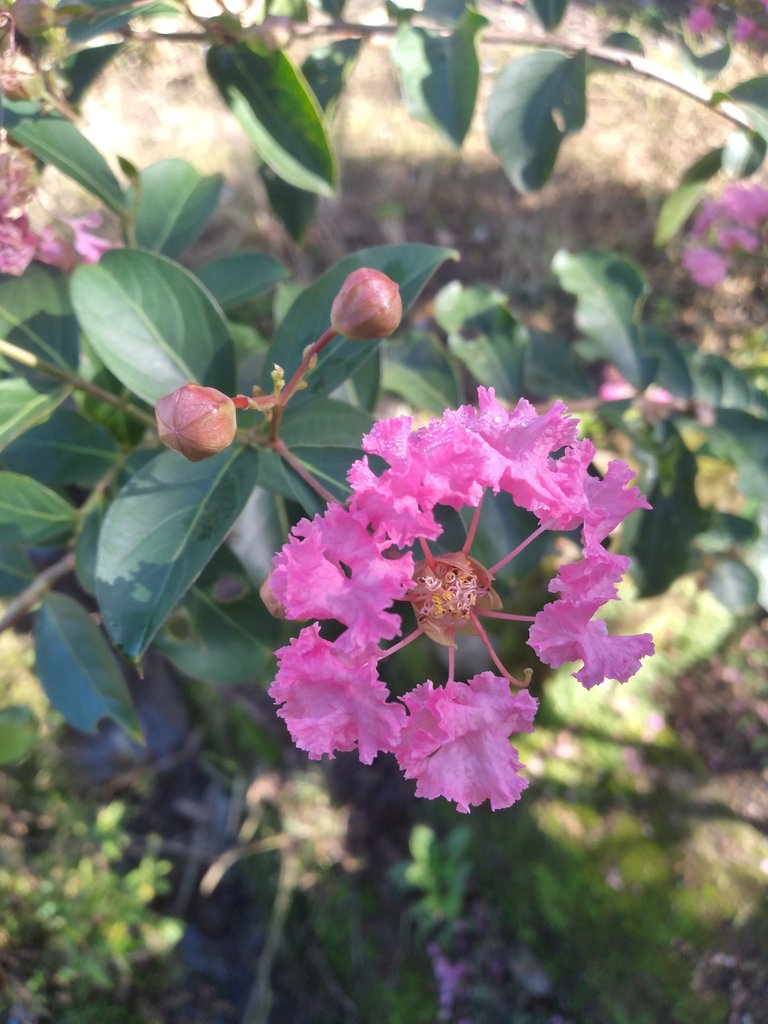
Miharu Takizakura is located in Miharu, a city in Fukushima. The tree was over 12 meters tall, with its branches spreading about 20 meters from east to west and 18 meters from north to south. It has a circumference of 9.5 meters and is thought to be over a thousand years old. Aptly named Takizakura, literally meaning “waterfall cherry tree”, the tree looks like a cascading waterfall.
From mid to late April every year, Miharu Takizakura reaches the peak of its blooming season. During this time, thousands of tourists flock to see the tree and photograph it.
When planning a visit, make sure to arrive as early as possible, as the road to the tree can be very busy due to the large number of visitors. There is no need to worry about crowds as the flow of human traffic is well regulated, and the tree touring process is a smooth and enjoyable experience. It's also worth seeing the tree when it's lit up at night.
